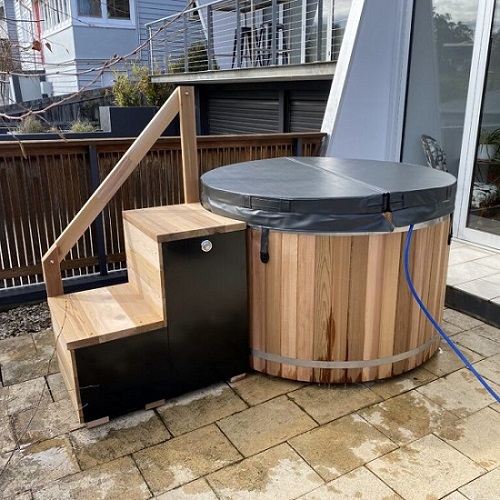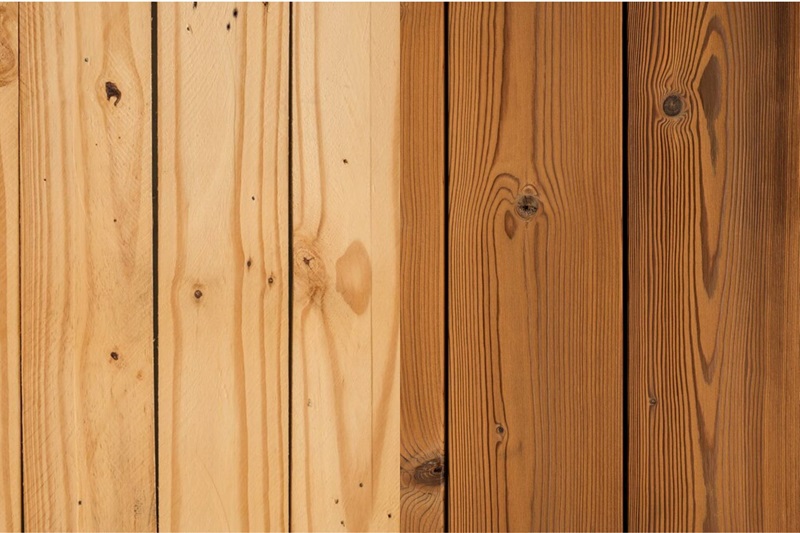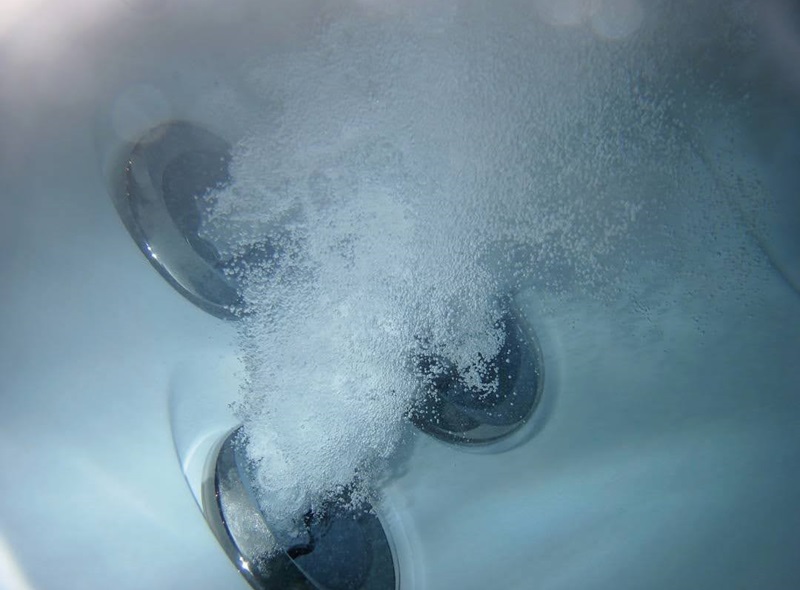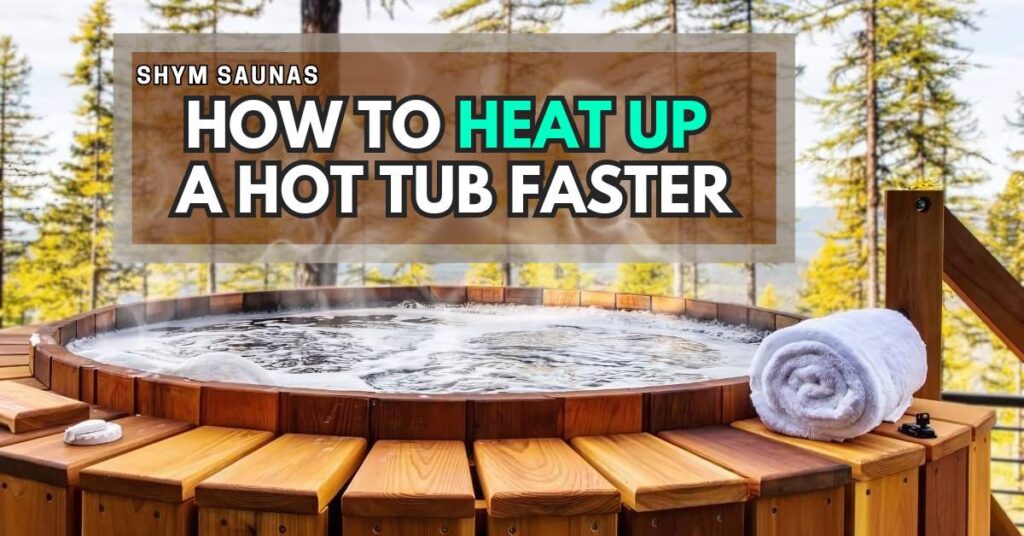Searching on how to heat up a hot tub quickly and efficiently? This issue is something every spa owner aims for: Heat up the tub faster to save time, energy, or just to jump into the soothing warmth sooner.
By implementing simple yet effective strategies, you can significantly cut down the heating time. This guide will walk you through practical tips to get your hot tub ready for relaxation faster than ever before.
Key takeaways
- Use a well-insulated cover to prevent heat loss and speed up warming times.
- Choose a hot tub with great insulation properties to reduce operational costs.
- Regular maintenance of the heater, pump, and jets is essential for efficient and quick heating.
- Position your hot tub in a sheltered location to protect it from wind, rain, and snow to help speed up the heating process.
- Consider using a thermal spa blanket to trap heat and a balanced water chemistry to prevent heating delays.
Looking to enhance your hot tub experience even further? Check out our premium Cedar and Thermowood hot tubs with their exceptional insulation and durability. Enjoy faster heating times and a luxurious soak every time. Explore our range today and transform your backyard into the ultimate relaxation retreat!
Boost Your Hot Tub Heating Efficiency
Heating up your hot tub faster is a goal many owners share, especially when looking forward to a relaxing soak without a long wait. Understanding that several factors, such as insulation quality, ambient temperature, and the state of your hot tub’s cover, play significant roles in how fast your tub heats up, is the first step. If you’re wondering how to speed up this process while keeping your hot tub costs manageable, here are several strategies that work effectively.
1. Invest in a High-Quality Hot Tub Cover

A significant amount of heat loss in hot tubs occurs through the surface of the water. A poorly insulated, cracked, or damaged cover can lead to increased heating costs over time. Ensure your hot tub has a durable, well-insulated cover, ideally one that’s at least 10 cm thick at the centre with tapered edges to allow rain and snow to run off.
To maximise efficiency, look for a cover with high-density polyurethane foam and a continuous heat seal, which will trap heat efficiently and speed up warming times. Additionally, make sure your cover has secure clips to keep it firmly in place, preventing heat from escaping and ensuring safety.
The Importance of R-Value and Cover Quality
While R-value is a common measure of insulation, it doesn’t always account for the unique conditions of a hot tub environment, such as high temperatures and moisture. In these conditions, the R-value of materials can significantly decrease. Therefore, it’s crucial not to rely solely on R-value when choosing a hot tub cover.
Instead, prioritize covers made with the best quality expanded polystyrene (EPS) to prevent moisture absorption. Look for a cover that’s vacuum-wrapped in continuous sheets of 6-mil heat-welded polyethylene, sealed in heavy-gauge marine-grade vinyl. This construction, along with chemical-resistant scrim and stitching, ensures your cover remains effective and durable even under challenging conditions.
Investing in a high-quality hot tub cover not only enhances heat retention but also extends the life of your hot tub, making your spa experience more enjoyable and cost-efficient in the long run.
Shym Saunas’ Thermal Covers

At Shym Saunas, we ensure that our hot tub thermal covers are designed to keep heat efficiently while heating. We only source covers with high-density polystyrene, a highly effective heat insulation material. Our unique cover design ensures high heat retention and durability, with UV resistance and marine-grade properties.
Our thermal covers also come with an easy-to-use clip mechanism, making it simple to secure the cover and maintain optimal heat retention. This combination of materials and design features guarantees that your hot tub stays warm and inviting, reducing operational costs and enhancing your overall experience.
2. Enhance Your Hot Tub Insulation
The insulation of your hot tub plays a crucial role in how quickly it heats up and its operational costs. Fully insulated hot tubs with high-quality foam will reach the desired temperature faster. If a fully-foamed model stretches your budget, consider partially foamed options as a secondary choice, but remember, this may lead to higher monthly energy bills. Avoid hot tubs with minimal or no insulation to prevent slow heating times and increased costs.
Natural Insulators: Cedar and Thermowood Hot Tubs

Photo Credit: Freepik, Delta Millworks
Wood is a fantastic thermal insulator, making it an ideal material for wooden hot tubs. Good thermal insulators help keep buildings cool in the summer and reduce heating costs in the winter.
The conduction of heat in wood is directly related to its density, with woods having low density providing the highest thermal insulating value. This is because such woods contain a high proportion of cell cavities filled with air, which is one of the best known thermal insulators.
Western Red Cedar is one of the best thermal insulators among commonly available softwood species. It outperforms materials like brick, concrete, and steel. Western Red Cedar has an R value of 1.35 per inch of thickness, making it highly effective in retaining heat within the tub.
Thermowood is another excellent option for hot tub construction. Thermowood is produced through a thermal modification process where wood is heated to temperatures of 180-230°C in a low-oxygen environment. This process enhances the wood’s thermal insulation properties and makes it more resistant to moisture and decay. Thermowood retains heat effectively due to its altered cellular structure, which increases the wood’s ability to trap air.
The Role of R-Value in Hot Tub Insulation
| Material | Typical Thickness | R Value per Inch | R Value (based on thickness) | Typical Applications |
| Western Red Cedar | 3.85 cm (1.5 inches) | 1.35 | 2.03 | Hot tub exteriors, sauna walls, decking |
| Thermowood | 3.85 cm (1.5 inches) | ~1.44 | ~2.16 | Hot tub exteriors, sauna walls, outdoor structures |
| Fibreglass | 7.5 mm (0.3 inches) | ~3.7 | ~1.11 | Hot tub shells, insulation layers |
| Acrylic | 6.5 mm (0.26 inches) | ~0.5 | ~0.13 | Hot tub shells, spa surfaces |
| Polyurethane Foam | 38 mm (1.5 inches) | ~5.75 | ~8.63 | Hot tub insulation, structural reinforcement |
| Expanded Polystyrene (EPS) | 50 mm (2 inches) | ~3.9 | ~7.8 | Hot tub covers, insulation panels |
| Vinyl | 1.5 mm (0.06 inches) | ~0.52 | ~0.03 | Hot tub covers, liners, protective coatings |
Adding to what was discussed earlier, R-value is the sole measure of quality for hot tub covers due to the influence of moisture and temperature, however it remains a useful metric for understanding insulation properties, especially given that the thickness of the material is substantial, and the wood used is of great quality.
Moreover, R-value is particularly relevant for materials like wood used in hot tub construction, as these materials are thick and designed to handle high temperatures and moisture levels better than cover materials.
The wood used in our hot tubs, such as Western Red Cedar and Thermowood, has a substantial thickness of 3.85 cm (1.5 inches). This thickness translates to significant insulating capability, with Western Red Cedar offering an R-value of approximately 2.03, the best among the available softwood options. This high R-value, coupled with wood’s natural resistance to heat transfer, ensures that the hot tub retains heat efficiently.
3. Turn On Your Jets

Activating your hot tub jets helps circulate the water and distribute heat evenly throughout the tub, preventing cold spots. This simple step can significantly reduce the time it takes for your spa to reach your desired temperature.
4. Use a Thermal Spa Blanket
Consider placing a thermal spa blanket on the surface of your hot tub while it heats up. This adds an extra layer of insulation, trapping heat and helping the water warm up quicker. It also retains heat when you’re not using the tub, making it more efficient to reheat later.
5. Plan Your Hot Tub Landscaping

The location and protection of your hot tub can impact its heating efficiency. Windy locations can slow down the heating process and make your soak less enjoyable. Installing your hot tub in a sheltered area, using windscreens, or creating a hedge can act as a buffer against the wind, helping your hot tub heat up faster and provide more privacy.
6. Keep Hot Tub Components in Top Condition
The heater, pump, and jets are the main components that drive your hot tub’s temperature up. High-quality, well-maintained components will not only heat your hot tub faster but also reduce running costs. Regular maintenance is key to keeping these components working effectively and efficiently.
7. Maintain Good Water Chemistry
Keeping your hot tub’s water chemistry balanced is essential for efficient heating. Issues like high alkalinity can lead to scale buildup, making your hot tub work harder and take longer to heat up. Regular maintenance and water testing will help prevent these problems.
Warning: Avoid Filling Your Hot Tub with Hot Water
We know it might be tempting, filling your hot tub with extra hot or boiling water is not recommended. This can cause damage to the hot tub’s components, including melting plastic parts or cracking the shell.
Wrapping Up
Heating your hot tub faster is achievable by implementing effective strategies that focus on insulation, maintenance, and smart use. A high-quality, well-insulated hot tub cover is your first line of defense against heat loss, while enhancing the overall insulation of your hot tub ensures quicker heat-up times and reduced energy bills.
Choose the methods that best fit your situation and commit to regular maintenance to enjoy a warm, inviting soak anytime you wish. Now, take these steps and transform your hot tub experience into one of efficiency and relaxation.
For an even better experience, explore our Premium cedar and Thermowood hot tubs. Known for their superior insulation and durability, they guarantee faster heating, as well as luxurious soaks. Check out our range today and transform your backyard into the ultimate relaxation retreat!
FAQ: How to Heat Up a Hot Tub Faster
1. What factors affect how quickly my hot tub heats up?
Several factors can influence the heating speed of your hot tub, including the starting water temperature, the ambient temperature, the hot tub’s insulation quality, and the heater’s power.
2. Can covering my hot tub help it heat up faster?
Yes, using a cover can significantly reduce heat loss, keep the heat in, and therefore help your hot tub reach your desired temperature more quickly.
3. Is it better to keep my hot tub at a constant temperature or heat it up each use?
Maintaining a constant temperature can be more energy-efficient than heating from a low temperature each time, especially if you use your hot tub frequently.
4. How does the size of the hot tub affect heating time?
Larger hot tubs require more water and, consequently, more time and energy to heat up compared to smaller models.
5. Does the type of hot tub heater matter?
Yes, the heating element’s power, measured in kilowatts (kW), directly impacts how quickly your hot tub can heat up. Higher kW heaters can warm the water faster.
6. Can wind affect my hot tub’s heating time?
Wind can increase heat loss, making your hot tub take longer to heat. Using a windbreak, such as a fence or landscaping, can help reduce this effect.
7. Does adding hot water directly to the hot tub help?
Adding hot water can reduce the overall heating time, but it’s important to ensure the water added is not too hot to avoid damaging the hot tub’s components.




